Tamiya 1 35 Tiger 1 Mid Production Review
Finally, a Tiger. Said no 1, e'er.
Allow's face it: The Tiger I has to be one of the well-nigh kitted tanks in the history of scale modeling. A quick cheque on the interwebs shows the impressive number of 96 unlike kits from at to the lowest degree fourteen unlike manufacturers, and we are only talking 35th scale here. With total production numbers of around 1,350 for the existent thing, information technology would not surprise me if nosotros would run across a divide kit for every single Tiger in a couple of years.
So why is information technology Trumpeter decided to enter the marketplace with their own take on the Tiger I? I guess the answer is simple – High german armor sells like hot block, especially the feline variants like Tigers and Panthers. And just because there is a bunch of stuff out there doesn't mean there is no infinite for a slightly different arroyo.
The existent thing.
This is not going to be an "all in that location is to know well-nigh the Tiger" department, more of a brusk overview to set the scene. If y'all are interested in the whole story, there is a couple of fantabulous websites dealing with this tank – and of grade loads of books.
The Tiger I was the outcome of a asking to design a heavy break-through tank, with the purpose of supporting the infantry in overcoming forepart-line defences. In that role it was intended to be a successor to the Panzer IV, should be armed with a long-barrelled 7,5cm gun, and weigh around xxx tons. After reviewing the designs submitted by Henschel, MAN, Daimler-Benz (yes, the Mercedes dudes), and Porsche (yes, the – well, Porsche dude), the German Army awarded development contracts to Henschel and Porsche, for an updated 45-ton design carrying a 8,8cm gun.
Development and testing were plagued with delays, most of them due to engine issues. The Porsche design especially proved to be troublesome, with its unusual approach of fuel-electric engines. Still, Porsche produced ninety hulls in the firm belief they would win the contest – in the stop these hulls would be used as the basis for the Panzerjäger (tank destroyer) Ferdinand.
The Henschel pattern entered product in later summer of 1942, and the Tiger was first used in gainsay on the Petrograd front on 29th of August. From this fourth dimension on, Tiger's would be used in every theatre of operations, including N Africa, Italy, and the western front.
Trumpeter'due south take on the Tiger. While brushing up your German.
Trumpeter appear the upcoming release of 2 Tiger I kits past the end of 2017, in the center of a surge of German armor releases by various companies. With the mid production variant due before long, we are going to have a wait at the "late" variant for now.
The official kit designation is "Pz.Kpfw. Six Ausf. E Sd.Kfz. 181 Tiger I (Late Production) w/Zimmerit". And in case you were wondering, here's the solution to the riddle: "Pz.Kpfw." is the abbreviation of "Panzerkampfwagen", which means armored fighting vehicle. "Ausf." is short for "Ausführung", meaning variant. And "Sd.Kfz." stands for "Sonderkraftfahrzeug", which in turn translates to "special motorized vehicle". And here'southward a pet peeve of mine: In lots of video reviews most German vehicles you hear the term "Ausf." pronounced as just that – "We are talking nigh the Ausf X today". Please don't. Information technology'southward "Ausführung", or merely "variant". You are welcome.
The "Zimmerit" thing by the way refers to a concrete-like paste which was practical to the tank'south metal surfaces to prevent magnetic mines from sticking to the hull or turret. But more on that later.
The kit comes in Trumpeter's standard box, a very sturdy piece of paper-thin that should prevent whatsoever damage to parts during transit.
In the box y'all will find twelve bags of plastic parts, containing 15 sprues, the hull tub, hull elevation, and turret shell. Two small bags hold the decals and the PE fret. Another pocketbook contains two flat sheets of pre-cutting Zimmerit. The usual paperwork rounds off the kit's contents. All together we are talking about 510+ parts, including 188 runway links.
Instructions and Markings.
The instructions come in the typical Trumpeter style, with a b/west educational activity booklet and two dissever four-colour sheets for the painting options. The structure drawings are articulate and lead to the final outcome in 21 steps. Given the fact there is no interior included, construction should be pretty direct forwards. You will, nonetheless, need to decide at the starting time whether y'all want to build a version with or without Zimmerit.
The painting instructions only refer to AK Interactive "Existent Color" paints (bitter my tongue hither…), just I gauge it won't exist too hard to find the advisable paints from the make of your choice. What strikes me as odd is that there is no mention whether a particular variant had Zimmerit applied or not, making the whole "choose upward forepart"-thing a moot point.
The markings give you lot five options, including a vehicle used by the French Army. The other options are:
- Tank "312", s.Pz.Abt. 505 (505th Heavy Tank Battalion), Poland 1944
- Tank "912", SS-Pz.Rgt. three (3rd SS Tank Regiment), Poland 1944
- Tank "132", southward.SS-Pz.Abt. 102, Cologne 1944
- Tank "A12", Pz.Rgt. Großdeutschland, Prussia 1944
The inclusion of tank 312 poses a slight event, as this tank had the earlier, big variant of the muzzle restriction and other pocket-sized differences. Other tanks of the same unit of measurement seem to fit the kit'southward contents improve, then you might want to go for a different vehicle number. Another thing to note if you make up one's mind to become that road is that the area where the "charging knight" was painted on the turret was kept costless of Zimmerit, and then some cutting of the provided sheets will be required.
Tank 132 shows a whole bunch of kill markings on the barrel - in that location is, however, no decal provided for these, and then y'all will have an opportunity to exercise your masking skills.
In general, the markings seem a bit sparse, lacking near whatsoever unit insignia. As with near Trumpeter and Hobby Dominate offerings, tanks as well as aircraft, I advise consulting your references and/or using aftermarket decals.
The Principal Grade. Plastic.
The sprues, some of which are wrapped in Styrofoam to protect delicate parts, are a real pleasure to look at. Particular is very fine and crisp, with small zipper points and hardly whatever flash. Let'south take a look at some of the details (overview images of all the sprues tin can exist found at the bottom of this review).
The turret beat out shows some very subtle casting texture, together with appropriately rough weld marks. Due to the molding procedure there are two fine seam lines which need to be removed, but this should not be a problem.
The turret roof depicts the belatedly variant with the iii "mushroom" sockets for mounting a crane, and a weld line running across the center of the roof. The rough texture on the commander's cupola ring looks beautiful, but shouldn't exist there. This office was almost smooth, so I advise sanding off the texture.
The hull sides and bottom over again show bandage texture, and various hatches and bolts.
The engine deck features crisp bolts and fixtures, equally does the driver'southward surface area.
The rear hull plate, some other instance of delicate molding.
The escape hatch on the side of the turret can only be congenital in the closed position, just given the lack of an interior, this is okay.
The main gun comes in two pieces, to which the afterward small muzzle break (again two pieces) is attached. If this approach sounds old-schoolhouse to you, that's because it is. Aye, this kit is cheap as fries (insert spoiler alert here), but I expected at least some slide molding for the barrel.
The gun mantlet is provided in two variants, one with and one without Zimmerit texture. The mantlet has a slight quirk, however – for a late Tiger variant, the depressions on the left side of the mantlet should not have rounded corners, but a sharp ninety° corner instead. Fixing this with some cut should not be an upshot, however, peculiarly if yous intend to use the Zimmerit version with its generally rough appearance.
The rest of the parts look very adept. The inside of the loader'southward hatch is complimentary of pivot marks and sports a rather disarming depiction of the closing mechanism.
The front fenders bear witness fine latches and hinges. Of grade some of us might want to replace these details with PE, just what is provided should exist quite plenty for the casual Tiger builder.
Speaking of fenders, the rear ones will demand minor tweaking if you desire to be thorough. The two cut-outs on each fender are mirrored in the kit, whereas the larger cutting-out should exist on the left side on both fenders. Some conscientious cutting and repositioning of the correct fender's separating bar will fix this in no time.
The hull front plate includes one part of the hull machine gun's ball mountain. This band once more should not have the heavy cast texture and needs to be smoothened out. That whole assembly was in fact i single part with a groove running around it, so the ring and the kit's split front part should have the same smooth texture.
The turret bin is a simple two-part thing, over again with some overnice detail. Information technology remains to be seen if the bin's roof will sit at its correct bending once installed, dropping slightly towards the rear.
Tools and tow cables look pretty solid, and with the rather complicated organization of cables I am tempted to use the kit's parts instead of fabricating my own from wire.
The commander's MG34 is a elementary one-piece molding, to which a PE anti-air sight is fastened. There is no armament drum provided, and the muzzle is not slide-molded, and then you will accept to drill it out yourself.
Due to the nature of the Tiger's interruption you will have to deal with a lot of wheels. We are talking about 32 road wheels, in improver to the usual sprockets and idler wheels. Just with this being the late, all-steel wheels, at least you lot won't have to pigment any rubber portions… The casting of these parts is again very nice, with detail on the front as well as the back of the route wheels.
An of import aspect of every Tiger kit is the tracks. Being of the unsupported multifariousness, they show characteristic sag which is very difficult to replicate with safety-band tracks. Trumpeter provides us with six sprues of separate track links which need to be glued together – sadly they are not workable. A bigger issue for some might be the guide horns. In reality, these horns featured lightening holes, whereas in the kit they are molded solid. At that place are enough of aftermarket tracks on the market place, just using them will increment the kit's price considerably.
Zimmerit and PE.
Depicting this unique texture on German tanks has always been a tricky subject. In ye olden days, people went to work with soldering irons, melting the texture into a kit's parts. Putty was used as well, together with stamps replicating the various patterns seen on the existent thing. After on, manufacturers started molding kit parts with the Zimmerit texture already practical, which is prissy but somewhat limits your options for depicting battle harm. And recently companies similar Meng released kits which included decals with a rough texture.
Trumpeter'southward approach is to provide yous with a sheet of plastic, much like the structured sheets Plastruct provides – but much thinner. These sheets can be glued with standard plastic gum like Tamiya Actress Thin, which makes applying and altering them to your taste a breeze. Downside with the sheets provided with this kit is the very precise nature of the texture – it almost looks too perfect, so you might want to roughen it up a scrap in places.
Finally, the small PE fret contains the grating for the engine deck, and the AA sight for the MG34. Not much to run into here, just I must say the interweaved character of the grating looks pretty good to me.
To sum it up…
This is literally the offset kit of a German subject field I hold in my easily since I was a kid. Not existence a huge fan of the "dark side", I must admit I absolutely similar what I encounter. There are a couple of problems with this kit, like the lackluster markings and the outdated approach to the gun barrel, but in general this looks to be a very solid kit – and an excellent basis for your personal super Tiger.
This kit is non yet widely bachelor, merely should find its mode into your favourite store very soon. I await prices to be somewhere around 35-40 Euro for Europe and the US, while you can get it for some 20 Euro from some vendors in Asia. Which, in all honesty, is just ridiculous given the contents and the possibilities this kit offers.
9 additional images. Click to enlarge.
jeffriestescomirce.blogspot.com
Source: https://imodeler.com/2018/03/imodeler-review-trumpeter-1-35-tiger-i-late-w-zimmerit-09540-part-1/
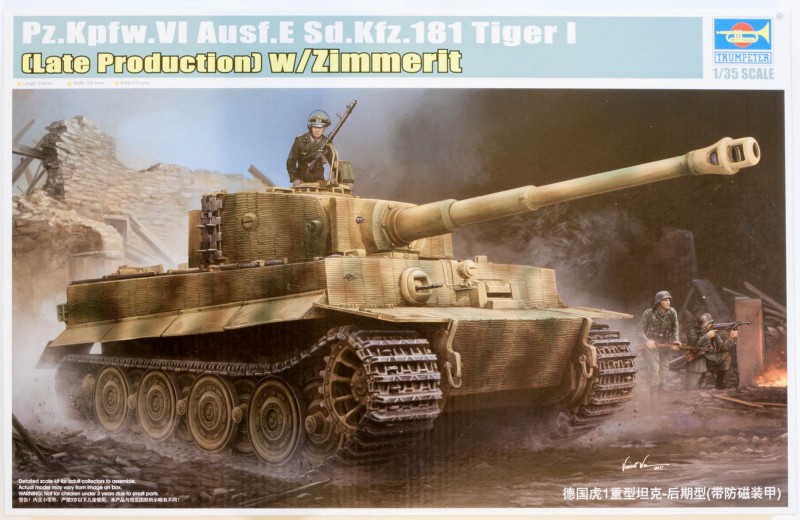
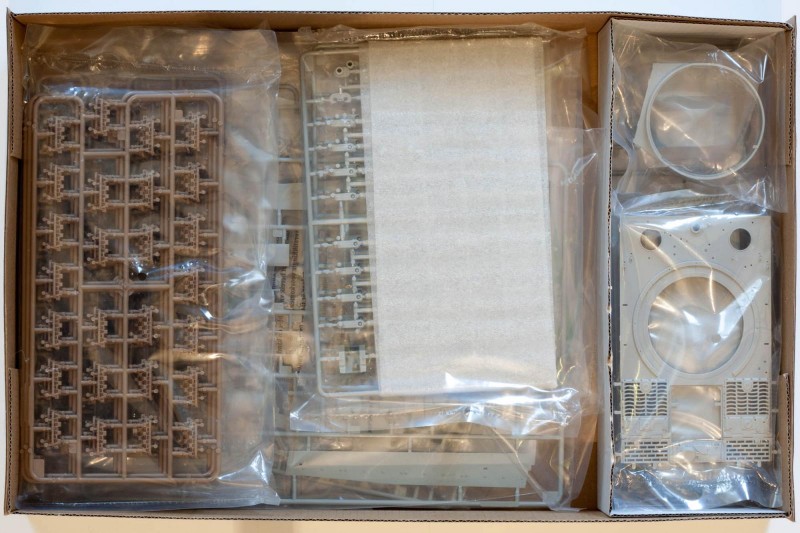
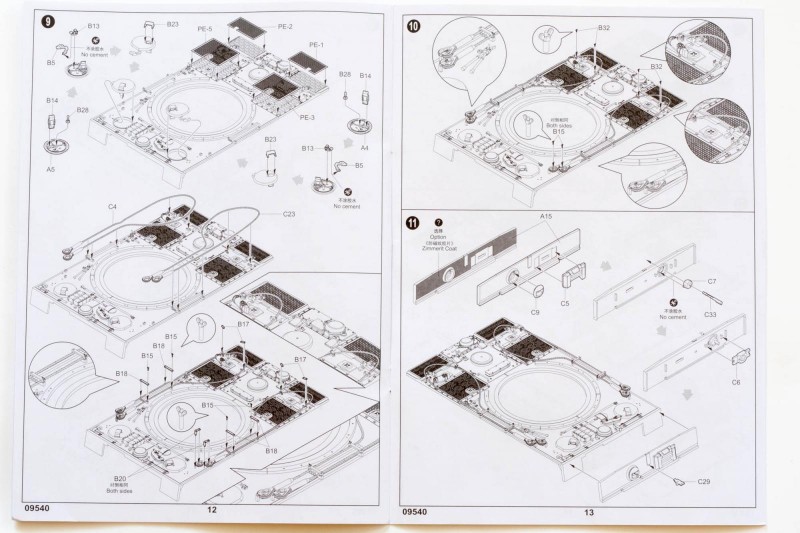
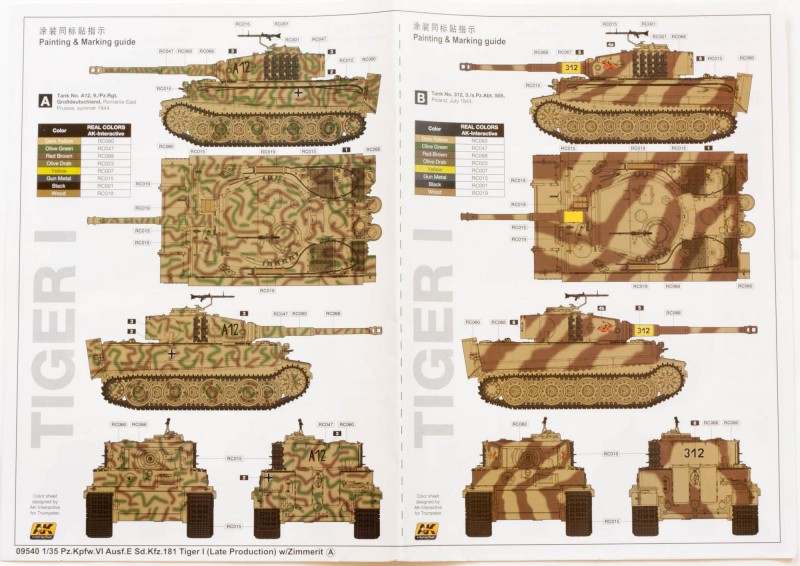

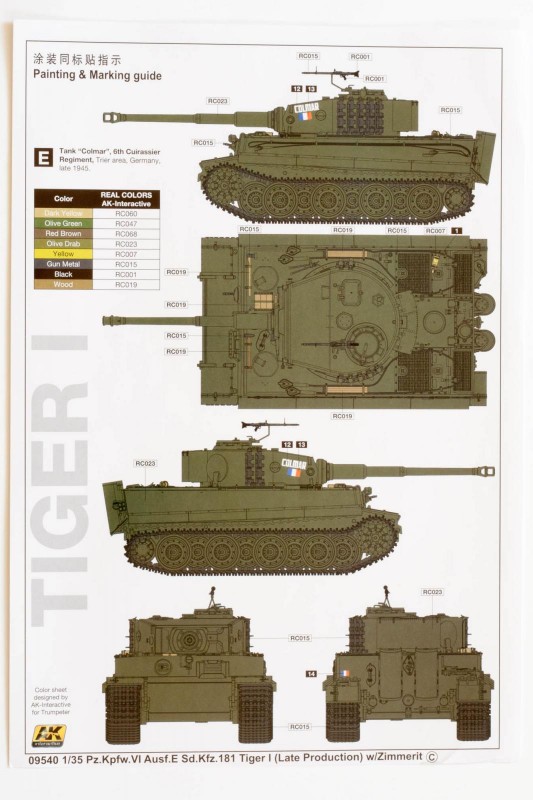
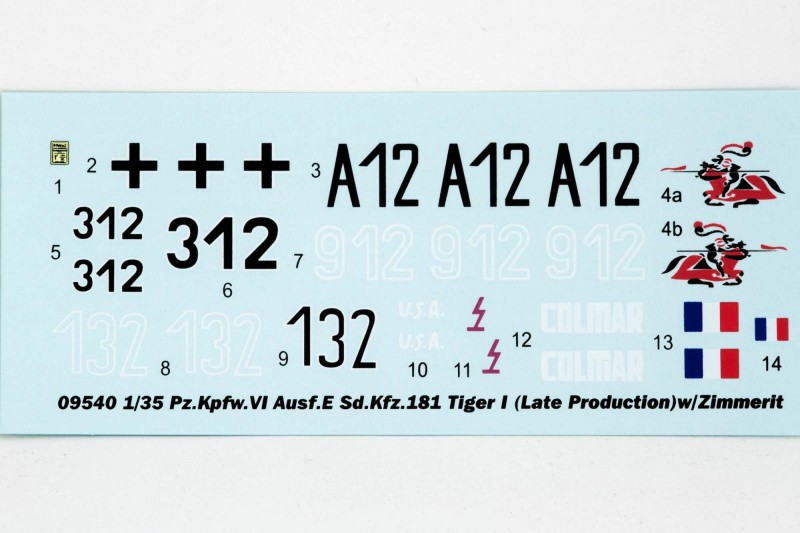
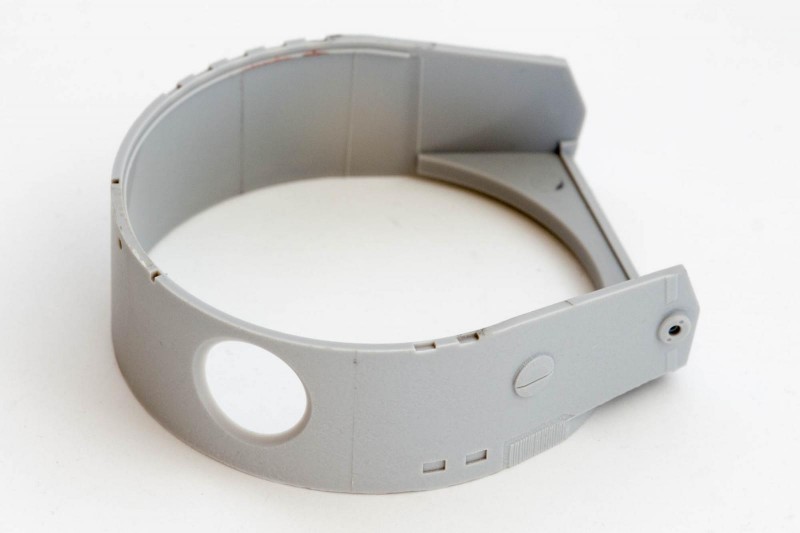

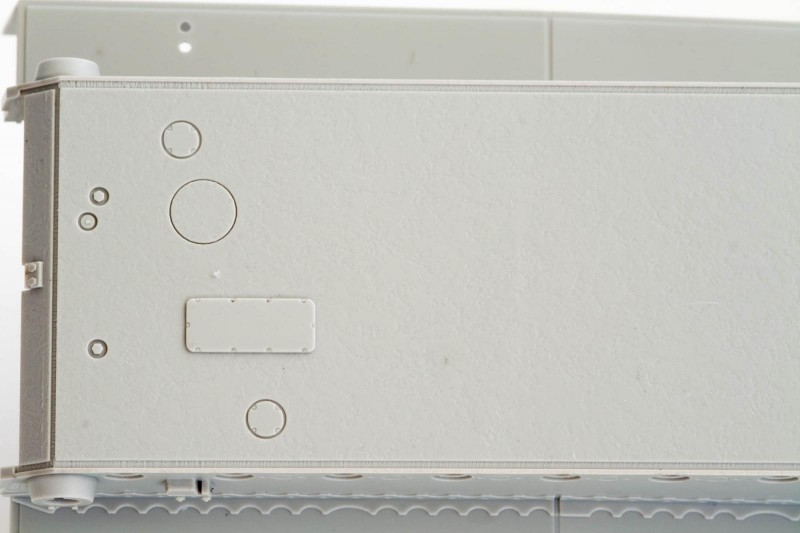
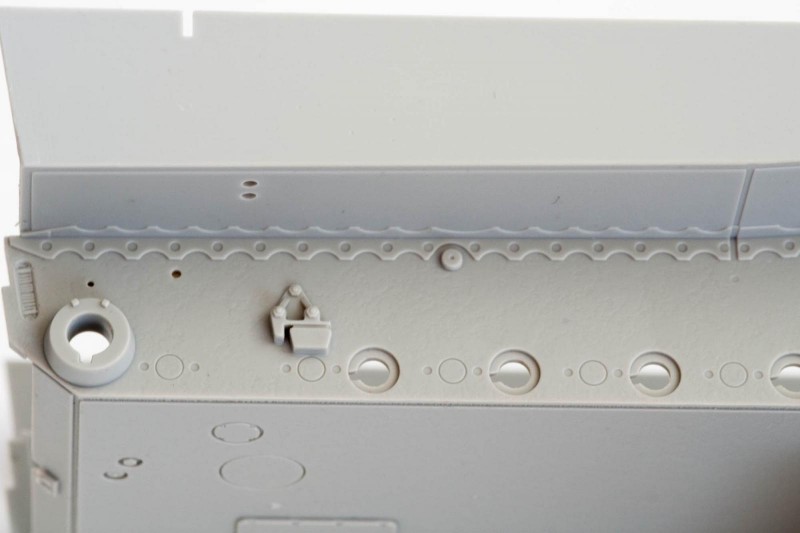
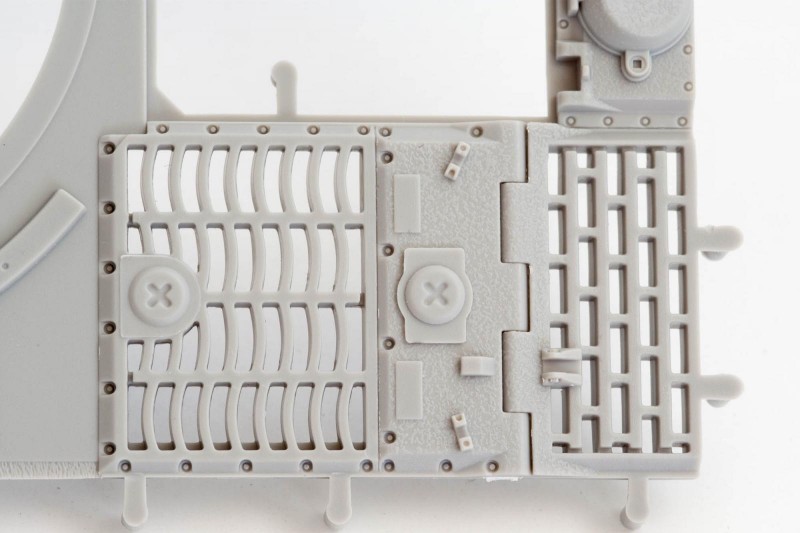
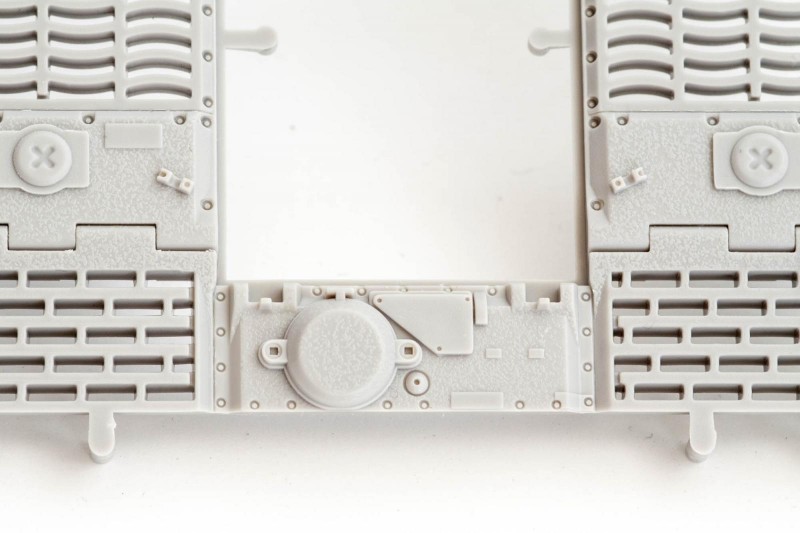



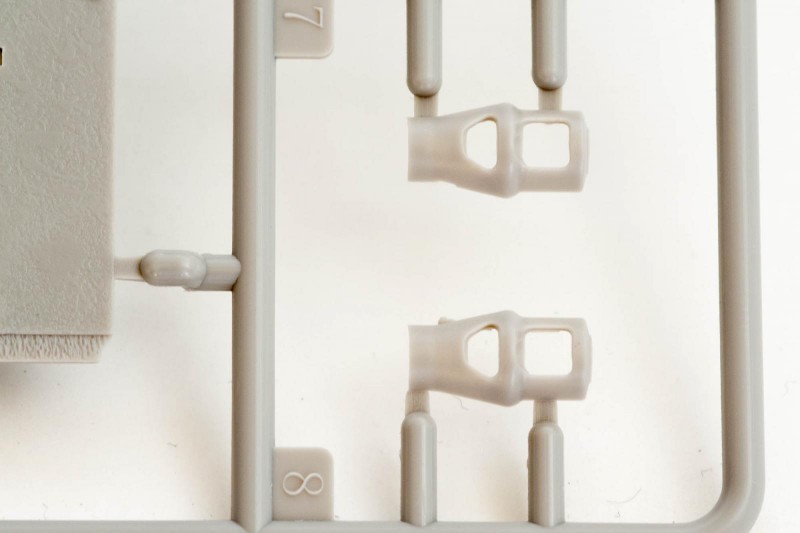
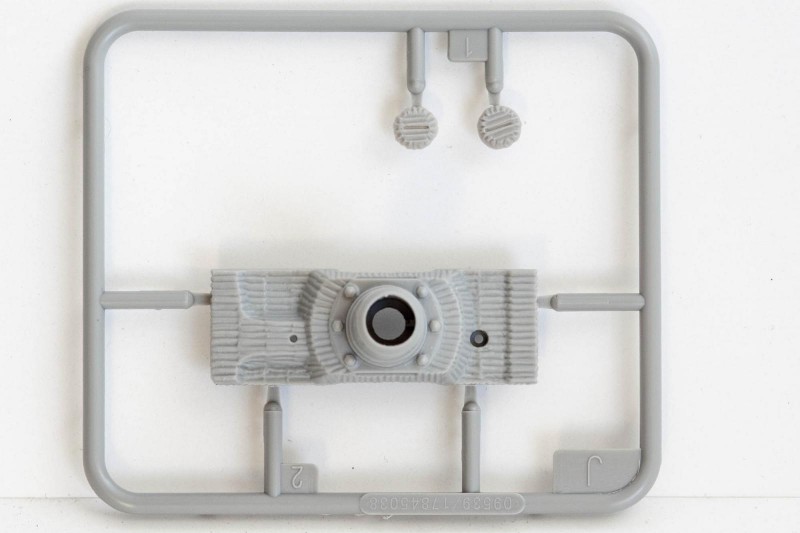
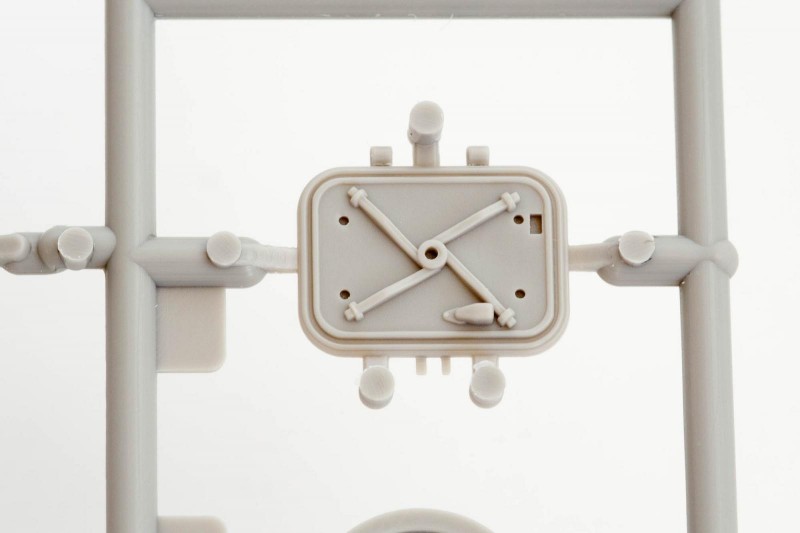

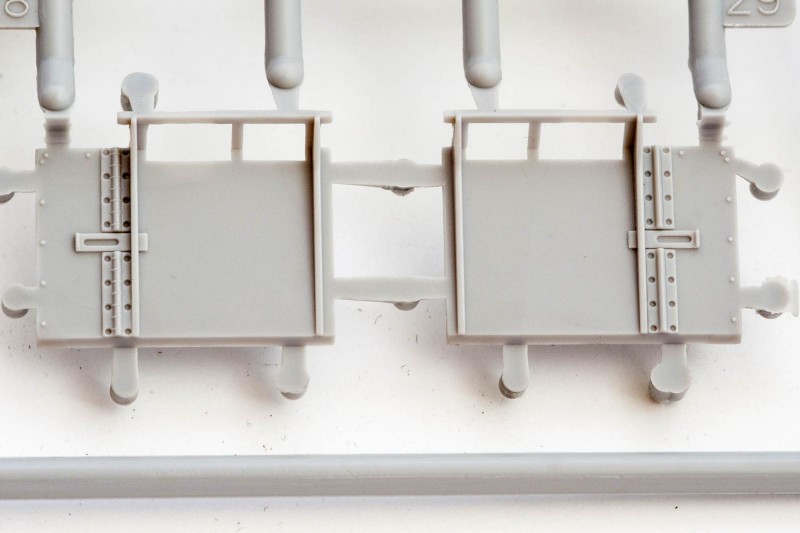

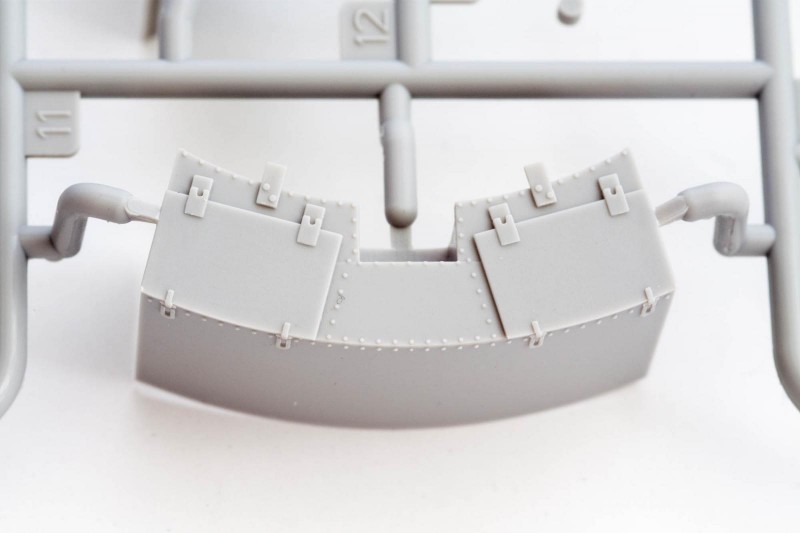
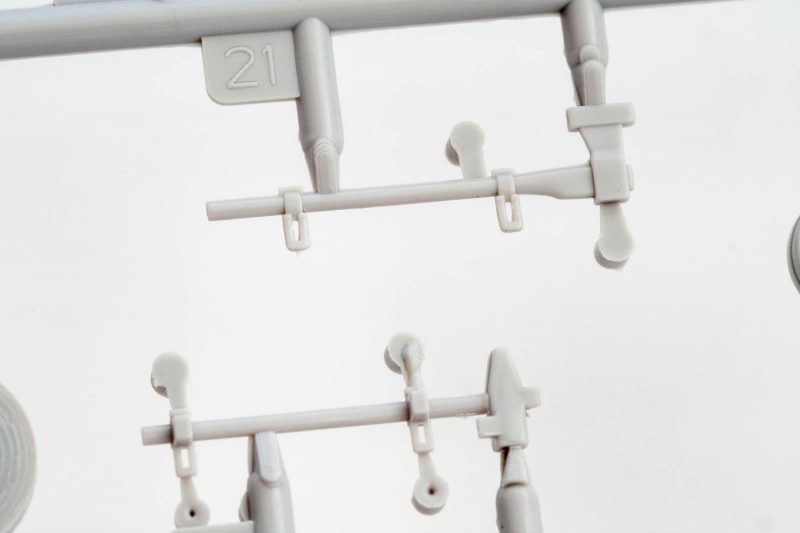
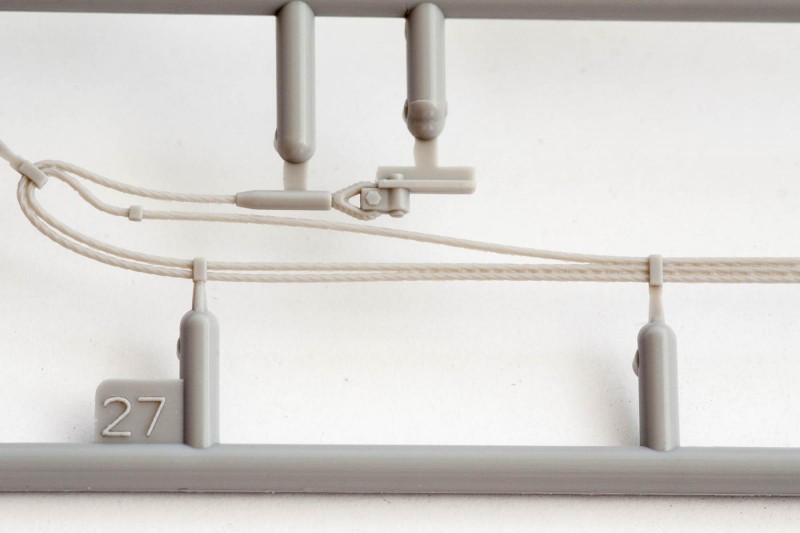
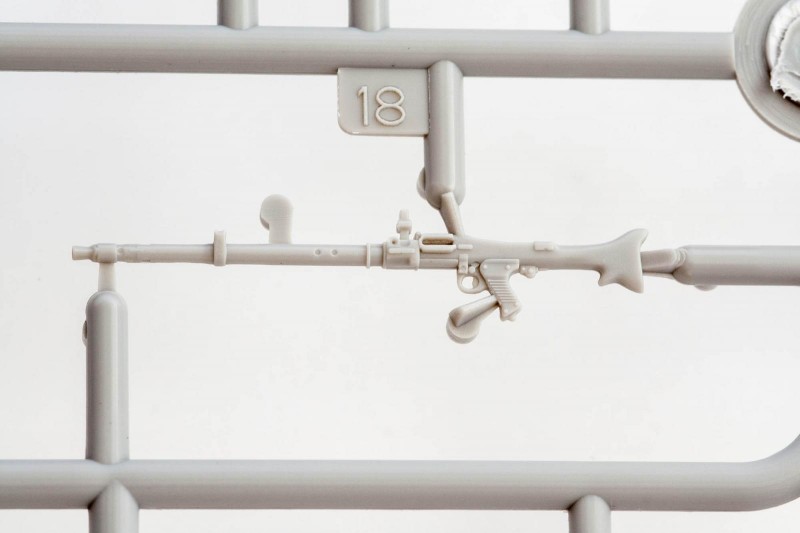
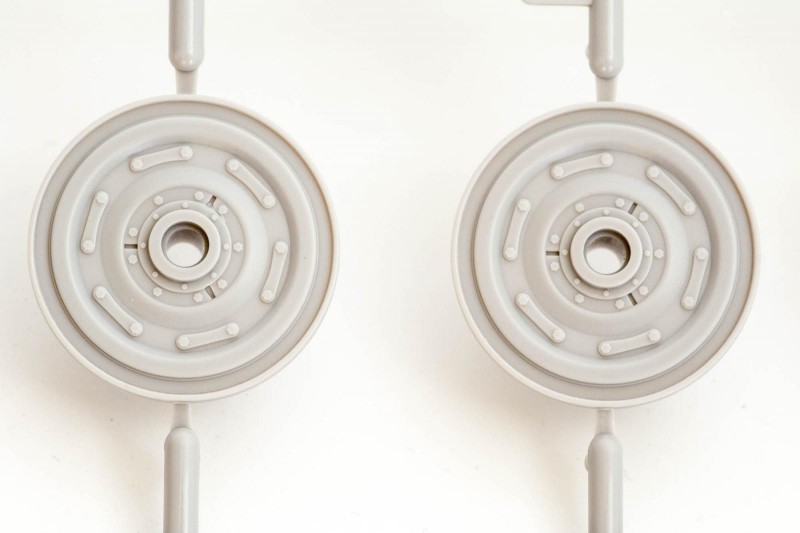
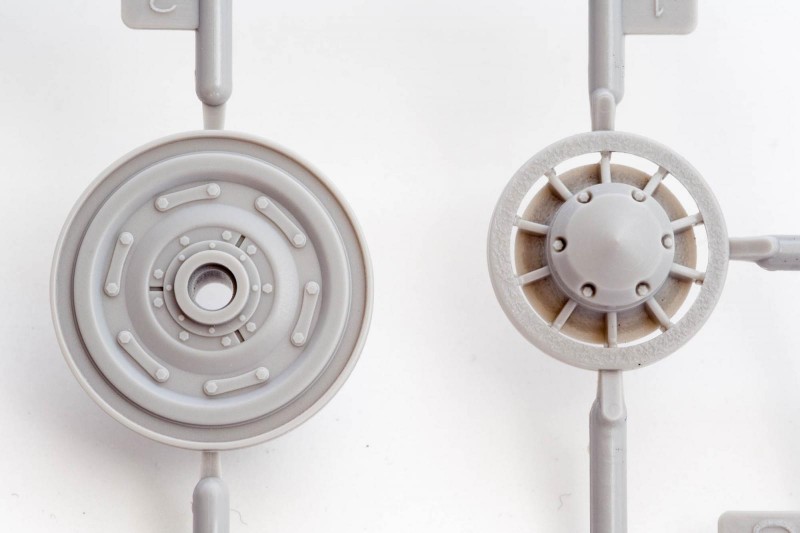
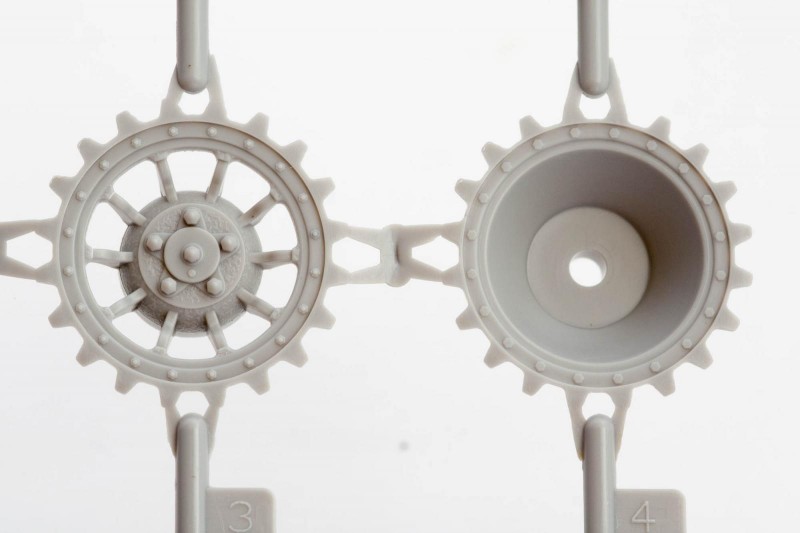
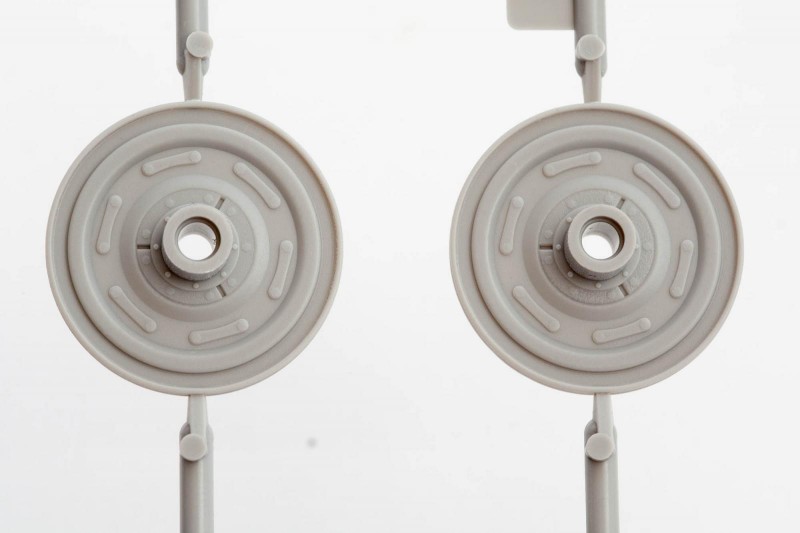

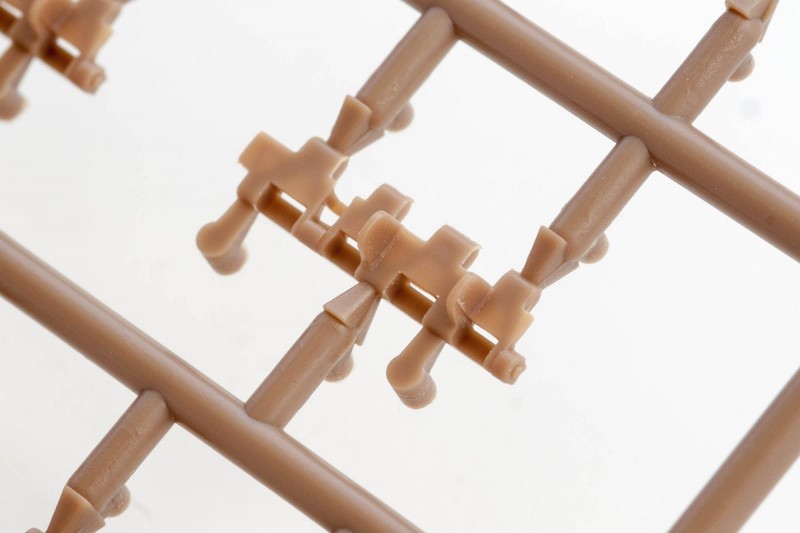

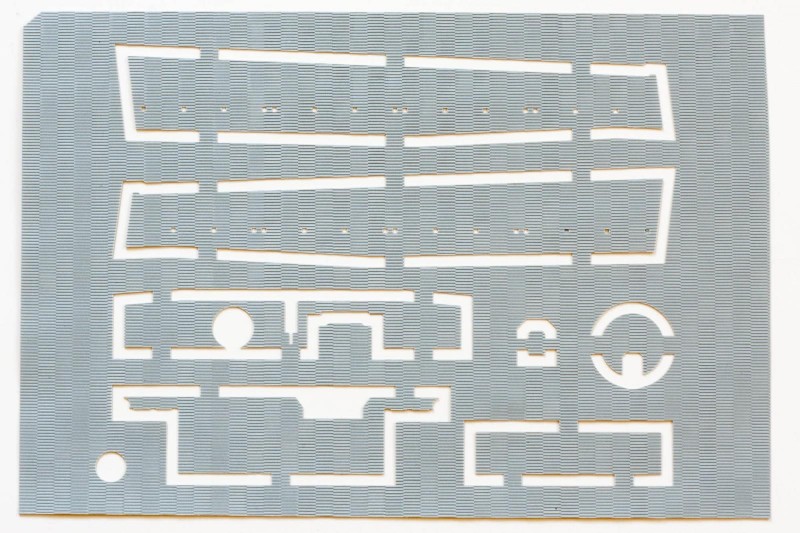

0 Response to "Tamiya 1 35 Tiger 1 Mid Production Review"
Postar um comentário